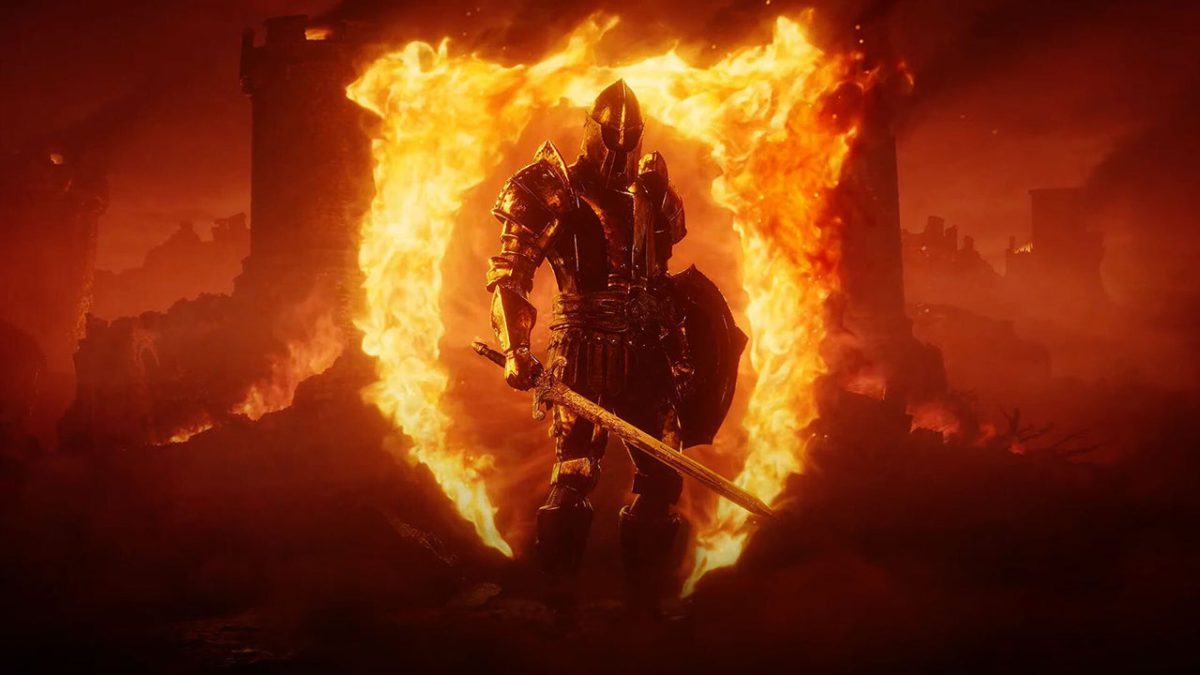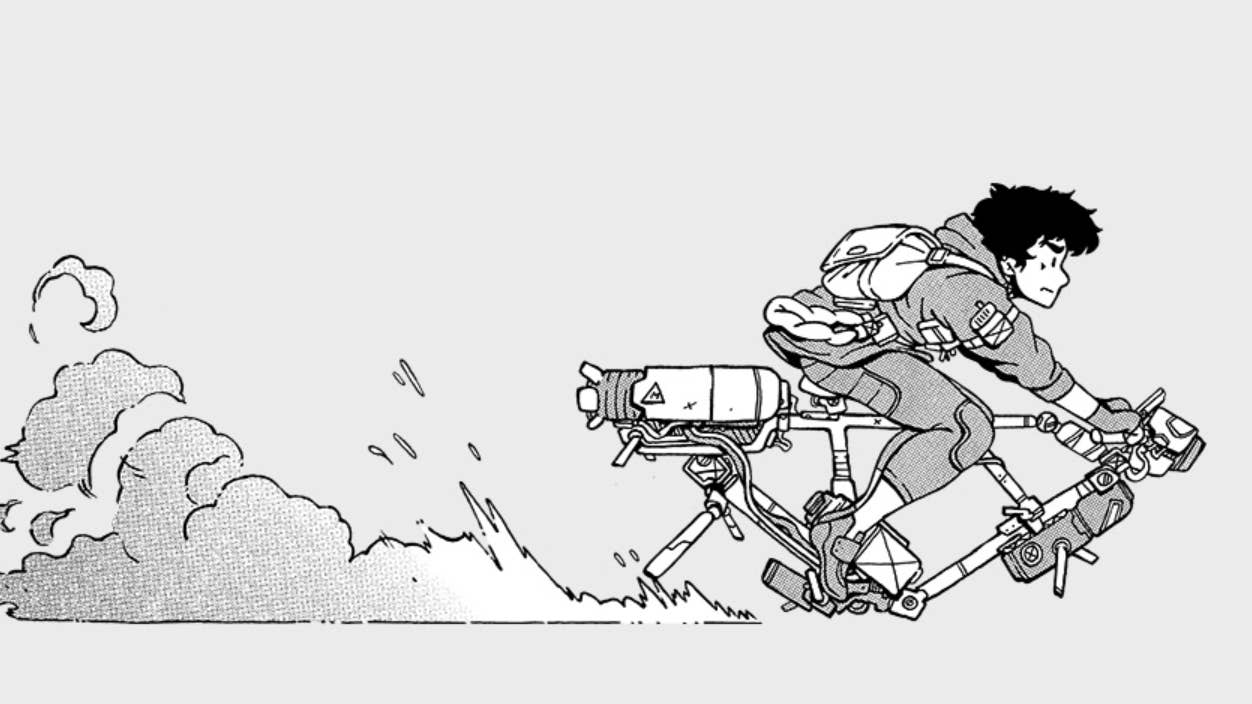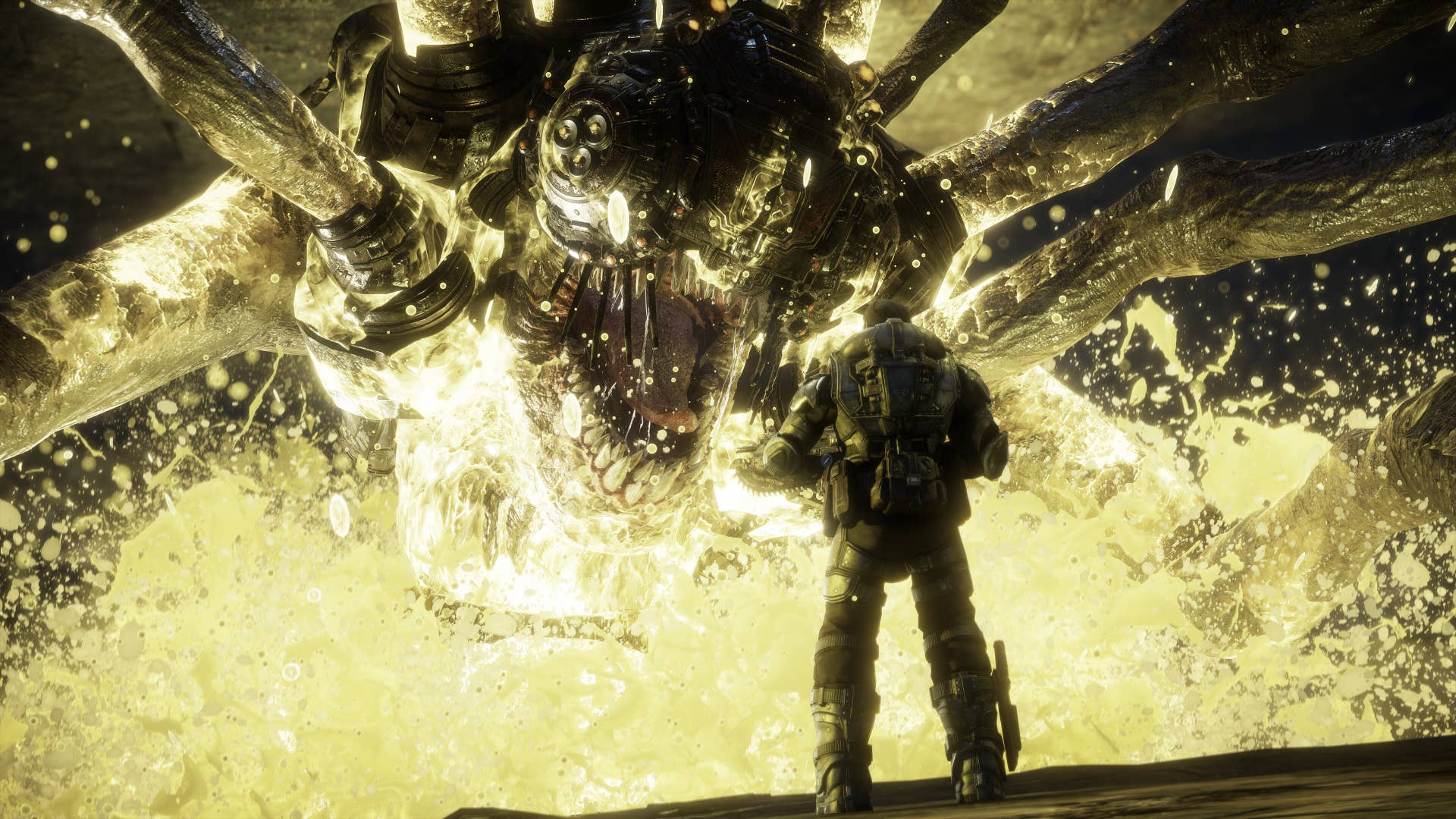
As if impressive Steam concurrent player numbers and Bethesda’s own announcement of 4 million players wasn’t enough to cement it as a hit, The Elder Scrolls IV: Oblivion Remastered is now the third best-selling game of 2025 in the U.S. after just one week on sale.
Oblivion Remastered, which shadow-dropped on April 22, has a peak concurrent player count of 216,784 on Steam. While impressive, that figure doesn’t tell the whole story, given Oblivion Remastered also launched on PlayStation 5 and Xbox Series X and S, as well as straight into Game Pass.
Now we have a new milestone: after just one week on sale, Oblivion Remastered became the third best-selling game in the U.S. of 2025 so far by dollar sales. That’s according to Circana’s Mat Piscatella, who took to social media to say Oblivion Remastered trails only Monster Hunter: Wilds and Assassin’s Creed: Shadows at the top of the 2025 sales chart.
It’s worth pointing out that Circana’s sales charts do not include players via subscription services. So, we know that Oblivion Remastered is a sales hit despite also being available on Microsoft’s Game Pass.
With this success, it seems inevitable that more remasters of Bethesda games will follow, with most suggesting either Fallout 3 (it was leaked back in 2023) or Fallout: New Vegas are next.
If either game is indeed next, what should players expect? Bruce Nesmith, one of Fallout 3’s designers, has pointed to Fallout 3’s “not good” gun combat, which he expects Bethesda would improve significantly for a remaster.
Speaking to VideoGamer, Nesmith said Fallout 3 Remastered would have shooting more in-line with that of Fallout 4. “What did you see in Fallout 4? That will tell you what they felt was necessary to change from Fallout 3,” Nesmith said.
“I know in Fallout 4 there was a lot of work done on the gun combat, because Fallout 3 is the first time they ever tried to do a shooter-style game. And, well, I think the work that was done was amazing.”
Oblivion Remastered, developed by remake specialist Virtuos using Unreal Engine 5, has a long list of visual and feature improvements. It runs at 4K resolution and 60 frames per second, as you’d expect, but other changes are more meaningful. Everything from the leveling systems to character creation, and combat animations to in-game menus have been improved. Meanwhile, there’s lots of new dialogue, a proper third-person view, and new lip sync technology. The changes are going down well with fans, some of whom believe Oblivion Remastered would be more accurately described as a remake. Bethesda, however, has explained why it went down the remaster route.
Nesmith said Fallout 3 Remastered would probably include improvements and changes along similar lines to Oblivion Remastered.
“[Fallout 3 combat] didn’t hold up to shooters at the time,” he said. “Also, it’s an RPG shooter, it’s not a run-and-gun shooter. But a lot of work was done on that for Fallout 4. So I anticipate seeing a lot of that work go into it, assuming they’re doing the same thing.”
“Oblivion wasn’t just brought up to the 2011 version of Skyrim,” he added. “It was brought up to something that, at least on the surface, looks like it exceeds the most recent graphics update in Skyrim.” Nesmith has said The Elder Scrolls IV: Oblivion Remastered is so impressive it could be called “Oblivion 2.0.”
It’s a busy time for Bethesda, which is working on The Elder Scrolls VI and, maybe, more Starfield. Throw in remasters and ongoing work on Fallout 76 and the Fallout TV show, which is heading to New Vegas for Season 2, and fans are in for a treat in the coming years.
We’ve got a comprehensive guide to everything you’ll find in Oblivion Remastered, including an expansive Interactive Map, complete Walkthroughs for the Main Questline and every Guild Quest, How to Build the Perfect Character, Things to Do First, every PC Cheat Code, and much more.
Wesley is the UK News Editor for IGN. Find him on Twitter at @wyp100. You can reach Wesley at wesley_yinpoole@ign.com or confidentially at wyp100@proton.me.







